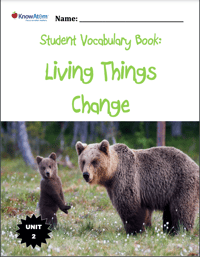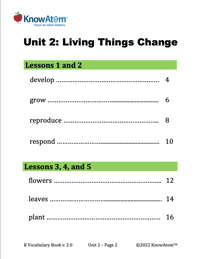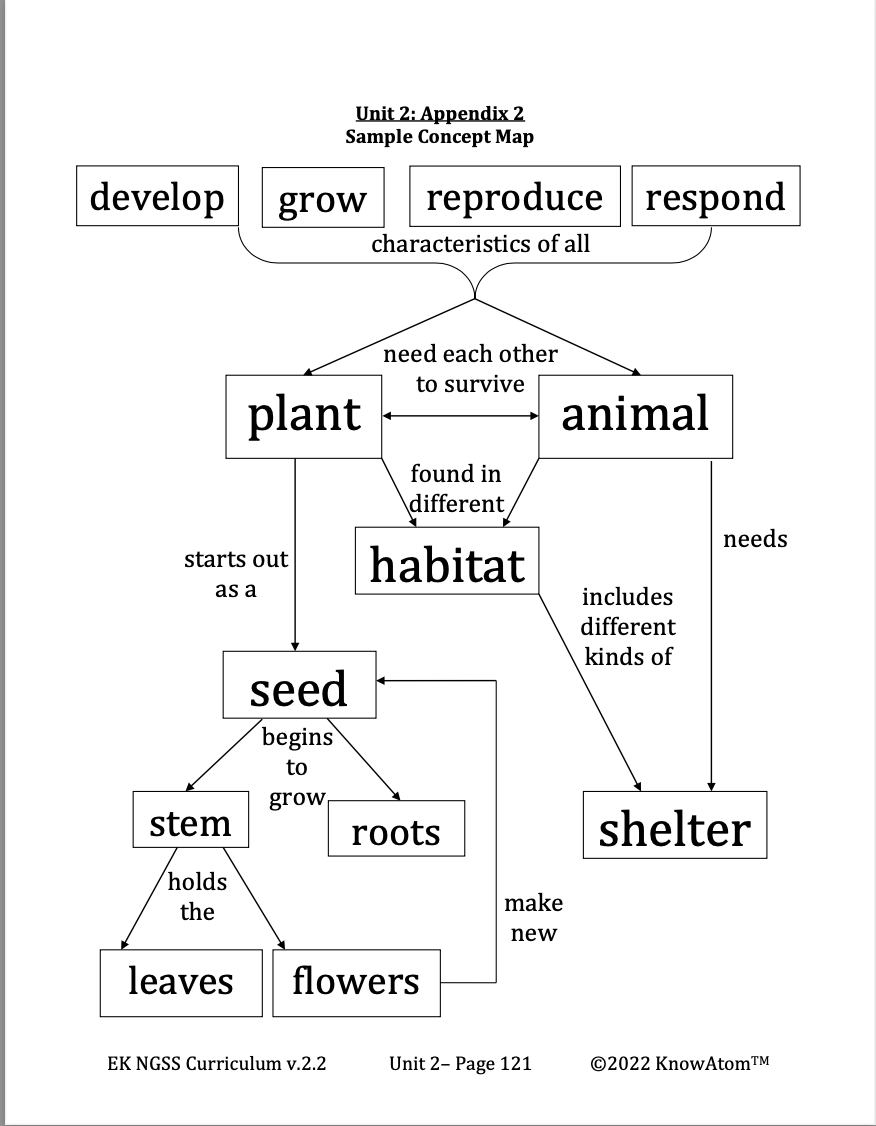For the last lesson of Unit 2, students analyze two different human impacts on the environment (cutting down forests and littering waterways) and come up with different solutions, in the form of drawings, to communicate ways people can reduce those impacts. Students use their human activities analysis to construct an explanation about how people affect the environment around them, but can make choices to reduce their impacts on the environment.







